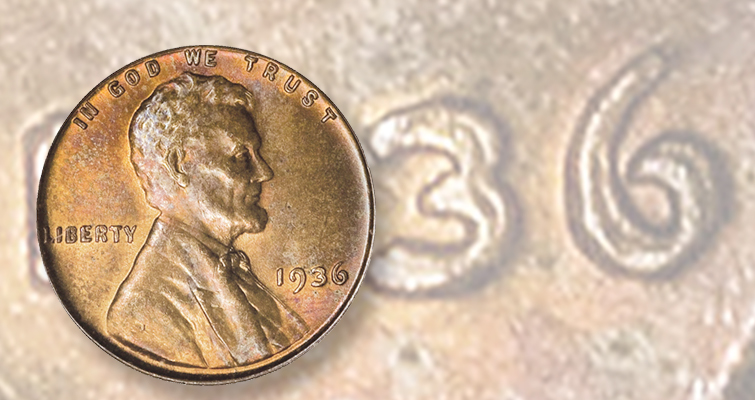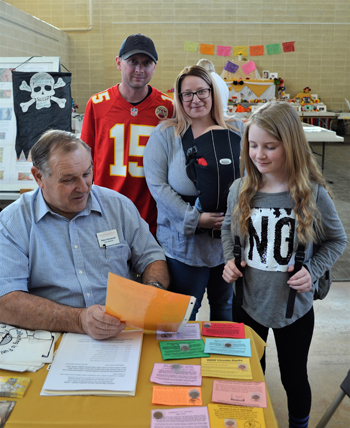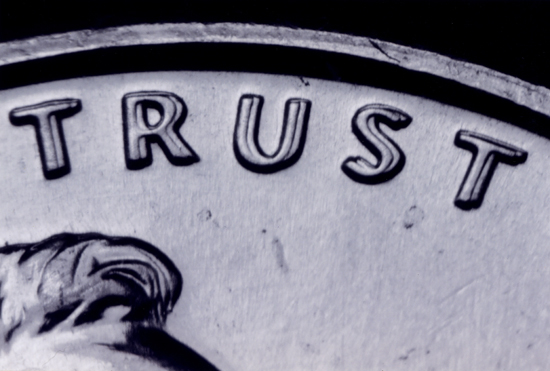The 1917 Lincoln Doubled Die cents and 1936 Lincoln, Doubled Die cents listed in standard price guides (other doubled die varieties exist for the two dates but are listed only in speciality references) exhibit lesser degrees of doubling than the more famous 1955, 1969-S and 1972 Lincoln, Doubled Die cents, yet they are well worth collector attention.
The column explores each of the 1917 and 1936 varieties and includes photographs of the doubling to aid you in searched for unattributed examples of the coins. To learn more, see my column, which is exclusive to the print and digital editions of Coin World.
First and last of their kind: Honoring African Americans on coinage
In a feature found only in the Feb. 11 issue of Coin World, Steve Roach looks at two commemorative coins designed by sculptor Isaac Scott Hathaway: the 1946 to 1951 Booker T. Washington half dollars and the 1951 to 1954 Booker T. Washington-George Washington Carver half dollar.
Both coins were intended to celebrates the lives of the two influential men, and there were hopes that the coins would be popular not only with the coin collecting community but also with the nation’s African-American population. However, sales of the first coin lagged and when the second coin was authorized to expand the market for the coins, sales lagged for it as well.
To learn more about the two coins, see Steve’s feature, found only in the print and digital editions of Coin World.
Detecting Counterfeits: What dooms 1909-S Indian Head cent
Michael Fahey, in his “Detecting Counterfeits” column, explores the key diagnostic point on a supposed 1909-S Indian Head cent that helped him identify the coin as a counterfeit and not a genuine example of the key-date coin.
The counterfeiter used the obverse of a 1909 Indian Head cent struck by the Philadelphia Mint and reverse of a 1908-S Indian Head centfrom the San Franscico Mint as models for the fakes. While the coin exhibits other traits that condemn it as a counterfeit, the biggest defect was the reverse chosen. The S Mint mark is in different positions on the 1908-S and 1909-S cents, so the S on this coin did not match that on a genuine coin.
To learn more about this counterfeit and to see photos of both a real 1909-S Indian Head cent and a fake, see Michael’s column in the Feb. 11 issue of Coin World.





Hello, I have a 1943 penny. I do not know where to begin? I would like to find out it’s value and sell it. However, I have no experience with coin selling. I’m afraid to take it to coin dealers or shops, how do know if I can trust them. Looking for any help or guidance.
I live in Omaha, Nebraska.
Is there any coin scope without the LED blue tint. I get confused between the blue shadow and doubling. I would like to see a coin with it’s true color on a scope and cannot find one on the internet. Do they make coin scopes that show the true color of a coin without any false colors.
Thanks
Don Calmus